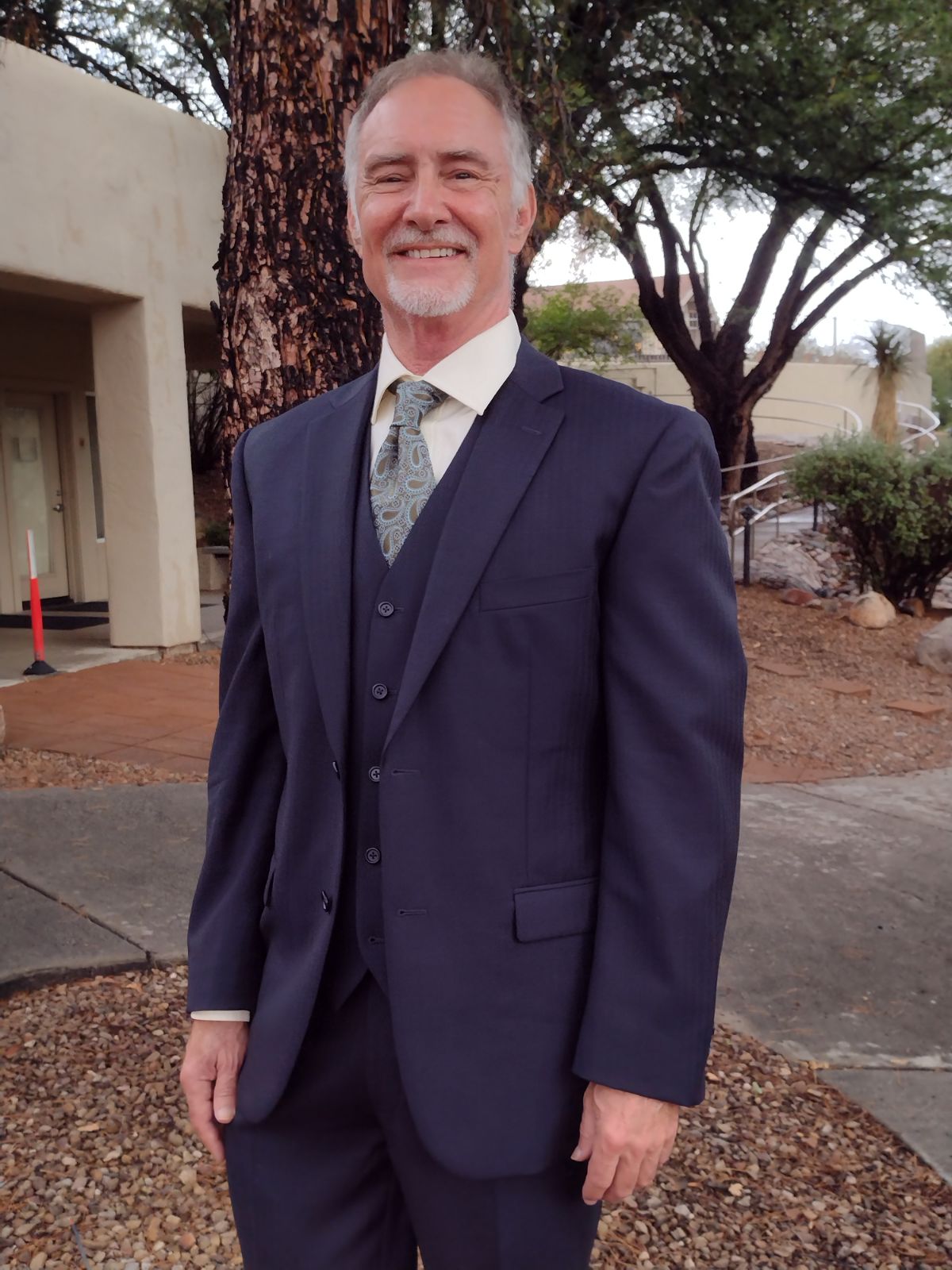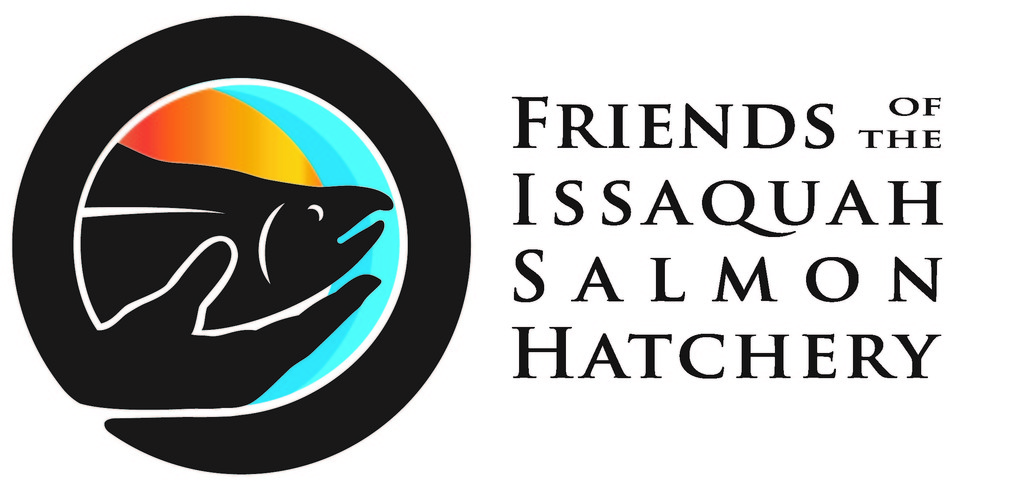Steve Bell: Forging FISHy Alliances
In 1992, as the State of Washington listed the Issaquah Salmon hatchery for closure, no one expected a community uprising of outrage. The sudden threat brought together a coalition of diverse people and interests, from real estate developers to environmentalists – factions accustomed to waging policy battles with one another rather than pitching for the same team. In the 5th Legislative District encompassing Issaquah, the Democratic senator and two Republican representatives agreed on very little, until the hatchery brought them together with a common cause.
“It is very rare that almost everyone in a community is sharing the same vision,” remembered Steve Bell, one of the founders and the first executive director of the non-profit Friends of the Issaquah Salmon Hatchery. “FISH was the opposite of polarization.”
Bell already had experience with public engagement through his service on the Issaquah Library Board, working on the effort to build a new King County Library in Issaquah, which now sits across Sunset Way from the hatchery. And then came four years of service on the Issaquah City Council, working on land use and groundwater issues and intergovernmental relations. Although the population of the town was less than 10,000, “Issaquah was always in a whirlwind of regional activities,” thanks to traffic woes in its crossroads location, Bell said. “It had big-city problems with a small-city budget.”
He already visited the hatchery often, thanks to its central location two blocks from City Hall and just a half-mile from his home. “I was fascinated by the salmon run,” Bell said. “It made Issaquah special and different.”
It also was the most-visited hatchery in the state, open to the public year-round, and the center of the annual Issaquah Salmon Days Festival. That’s why it came as a “total shock” when the state announced the impending closure of the hatchery due to budget cuts.
The dismay was immediate and galvanizing throughout the city, Bell said. The news was “like the evil lightning bolt with the stench of sulfur that came from Olympia,” and it felt “almost like Shakespearean betrayal.”
Along with city and county officials, business leaders, teachers and students, Bell jumped right into the letter-writing and testimony that eventually got a reprieve for the hatchery and funding for another year. That gave time to come up with a plan. By the summer of 1993, FISH was incorporated and the first board members were generating a multitude of ideas for sustaining the hatchery. But most of the board members were busy civic leaders who didn’t have time to track down funding sources or to fish for sponsors. Bell did have time, and he volunteered to take the lead on the efforts, putting his public service experience to work.
He admitted he had no experience with private fund-raising or with putting together the kind of coalition needed to turn around a state government bent on budget cuts. “But I knew there was all this positive energy,” and that inspired him to try something that hadn’t been done before with a hatchery in Washington. He pointed out that “the city was a little crazy about salmon. The Chamber of Commerce’s Salmon Days office had been doing wonderful, fun things for years celebrating the salmon – the Salmonchanted Evening dance, information volunteers call Salmbassadors. It was endlessly creative.”
Now retired and living in Arizona, Bell spoke by phone and reminisced about meeting with state lawmakers about how to add education to the core fish propagation mission, and by so doing, persuade the state to create a partnership unlike any other in Washington. Sen. Kathleen Drew pushed the concept of getting a commitment for matching funds, because “legislators wanted to be able to pitch this to their colleagues,” Bell said. He worked with city officials on a plan to commit up to $500,000 of city matching funds to badly needed renovations at the hatchery.
“The match was the big thing, and the council got widespread acceptance for that rather extraordinary allocation,” Bell said. “That was a risk for the councilmembers,” including hatchery champions Harris Atkins and Ava Frisinger. “They had to justify it.”
Next, he had many discussions with state Reps. Brian Thomas and Phil Dyer about the political process, and they outlined the “absolutely critical” importance of developing a facilities master plan, including cost estimates and timeline. They were able to get state funds allocated for the first part of a three-phase remodeling plan. Sen. Dino Rossi shepherded the final phase with a $3 million budget.
Eventually, the city and the county contributed funding to FISH to hire staff, and Bell was among at least 10 applicants for the executive director job. The board kept him on, and Bell quickly built a relationship with the Department of Fish and Wildlife staff.
“They (DFW) got religion about this working-with-the-community thing,” which was saving their facility and demonstrating how they were working with the community in a new way, Bell noted. They made space for him to move a desk into their hatchery office. But the busy office was not an ideal place to curry the favor of sponsors and donors, so FISH was granted the use of a fertilizer storage room in the hatchery garage. Bell had a desk and a phone and a portable space heater in the unheated room the size of a walk-in closet. Nonetheless, he said he was happy to have an office at all.
It was on the hatchery footbridge over the creek one day that Bell happened to meet Muckleshoot Tribe fish biologist Mike Mahovlich, who was watching the returning adult salmon. They quickly realized they had a shared interest in saving the hatchery, for education as well as fish production. “They have deep cultural reasons to try to maintain their fisheries,” Bell pointed out.
His efforts sent hundreds of letters to the governor from local officials, businesses, civic organizations such as Kiwanis, school district administrators, teachers and tribal officials. Most convincing, he said, were the letters and drawings from students, thanking FISH volunteers for teaching them about salmon and environmental conservation.
In his nine years leading FISH, Bell is proud of his work to incorporate educational exhibits on the hatchery grounds, as well as some unique art that is used for teaching. A giant mural depicting salmon predators and spawning now covers the curved walls of the water tower, designed and painted by local muralist Larry Kangas. In front of the incubation building is a pair of the most-photographed coho salmon in the state – the 8-foot-long bronze statues dubbed “Gilda and Finley.” The realistic sculptures were created by Chimacum artist Tom Jay, who also built an entire stream environment of plants, rocks, logs and gravel around the installation. Bell suggested the sculpture also could serve as a donation collection station, similar to Rachel the Pig at Pike Place Market. Jay agreed and installed a coin slot next to Finley’s dorsal fin. The cash, sometimes damp and moldy, poured in.
But even more than the thousands of dollars he raised and the political will that he fostered, Bell treasures the memories of students learning about salmon and their habitat – up close and personal. One day, he heard a tour of students screaming when a huge chinook salmon jumped out of the holding pond. Bell jumped into action, literally saving the salmon by wrestling the squirming fish back into the water. The kids cheered and Bell was a hero – at least for a moment.
“Yes, it was complicated at times,” said Bell, who moved to Portland and new challenges in 2002 after the hatchery remodel was completed. “But I had so many good people and good vibes and good ideas to work with. Everybody was activated about the project. There was all this positive momentum. Many, many people wanted to be part of something wonderful that was happening right in front of them.”

